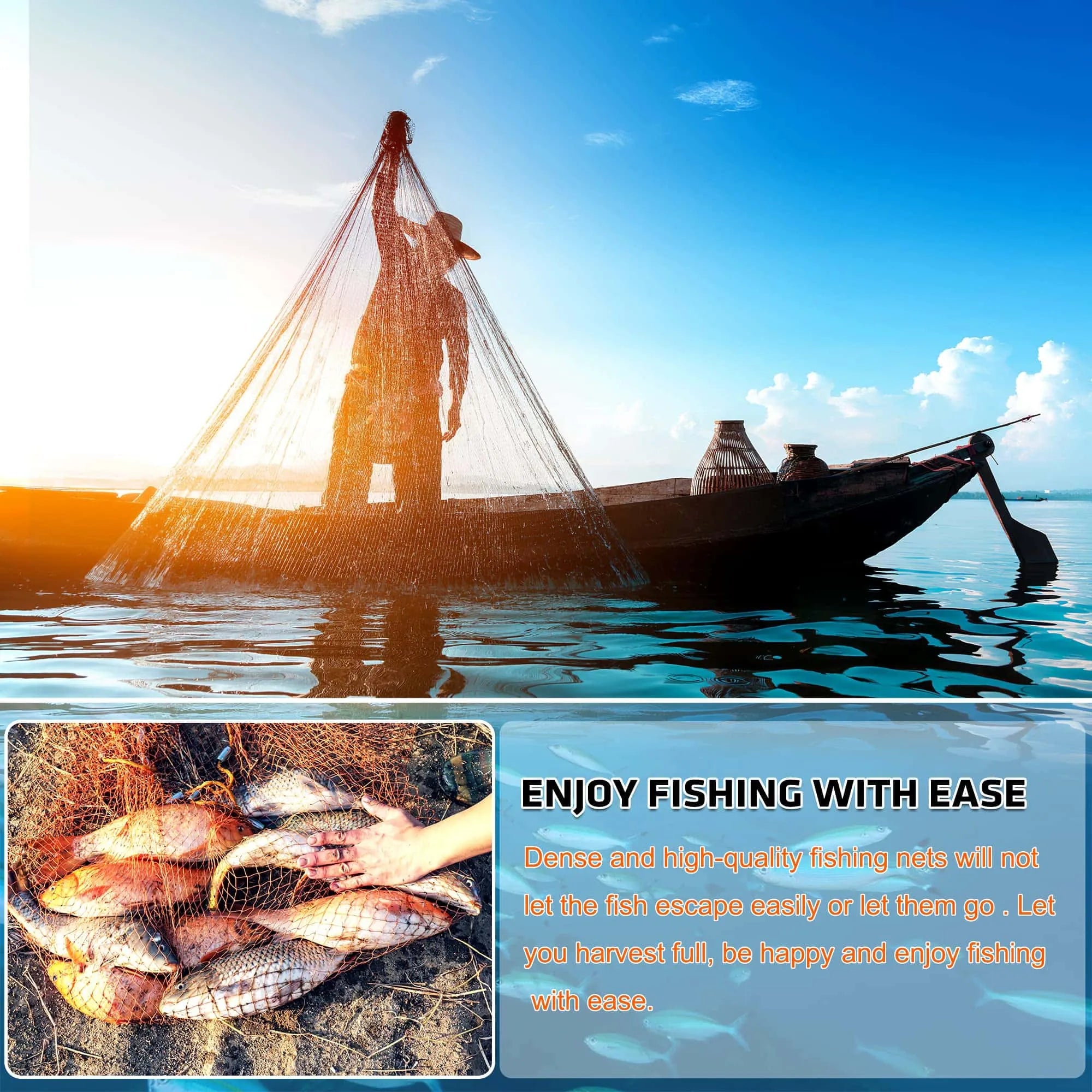Preserving Our Oceans: Eco-Friendly Practices for Sustainable Use of Cast Nets
Posted In CategoryGeneral-
RRobert sparks 8 months ago
As we examine it more closely, it becomes apparent that it has a vast and complex history that is worth exploring cast net.
As concerns about the impact of fishing gear on marine ecosystems continue to grow, it is crucial to explore eco-friendly practices for the sustainable use of cast nets. These traditional fishing tools have been used for centuries, but their modern-day impact on ocean health cannot be ignored. In this article, we will delve into the importance of preserving our oceans and discuss innovative approaches to using cast nets sustainably.
The Importance of Sustainable Fishing Practices
Preserving Our Oceans: Eco-Friendly Practices for Sustainable Use of Cast Nets is vital for maintaining the delicate balance of marine ecosystems. Overfishing and destructive fishing methods can lead to the depletion of fish stocks and the destruction of essential habitats. By adopting eco-friendly practices, such as using cast nets in a sustainable manner, we can help protect the biodiversity of our oceans and ensure the long-term viability of fish populations.
Reducing Bycatch and Habitat Damage
One of the key challenges associated with traditional fishing methods, including the use of cast nets, is the issue of bycatch and habitat damage. Bycatch refers to the unintentional capture of non-target species, which can have significant ecological consequences. Additionally, the use of fishing gear that comes into contact with sensitive habitats, such as coral reefs or seagrass beds, can cause irreparable damage. To address these issues, innovative approaches to using cast nets, such as the development of selective fishing gear and the implementation of no-take zones, can help minimize bycatch and habitat damage.
Adopting Sustainable Gear and Techniques
When it comes to Preserving Our Oceans: Eco-Friendly Practices for Sustainable Use of Cast Nets, it is essential to consider the gear and techniques used in fishing. Traditional cast nets are often made of non-biodegradable materials, such as nylon, which can contribute to marine pollution. By exploring alternative materials, such as natural fibers or biodegradable polymers, we can reduce the environmental impact of cast net fishing. Additionally, adopting sustainable fishing techniques, such as proper net maintenance and responsible fishing practices, can further minimize the ecological footprint of cast net fishing.
Community Involvement and Education
Preserving Our Oceans: Eco-Friendly Practices for Sustainable Use of Cast Nets requires the involvement of local communities and the promotion of environmental education. By engaging with fishers and coastal communities, we can raise awareness about the importance of sustainable fishing practices and foster a sense of stewardship towards marine resources. Education initiatives can also play a crucial role in promoting the adoption of eco-friendly techniques and gear, ultimately contributing to the preservation of our oceans for future generations.
In conclusion, Preserving Our Oceans: Eco-Friendly Practices for Sustainable Use of Cast Nets is a complex and multifaceted endeavor that requires innovative solutions and a collaborative approach. By addressing the challenges associated with traditional fishing methods and embracing sustainable practices, we can work towards a more harmonious relationship with our oceans. Through community involvement, education, and the adoption of eco-friendly gear and techniques, we can strive to ensure the long-term health and vitality of marine ecosystems.
References
